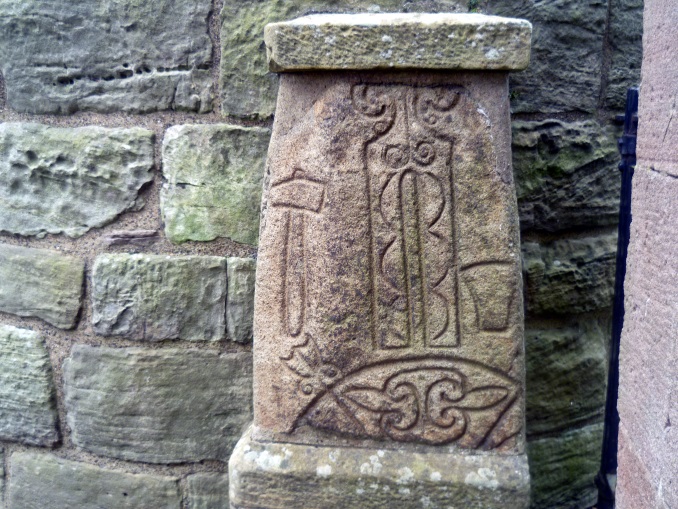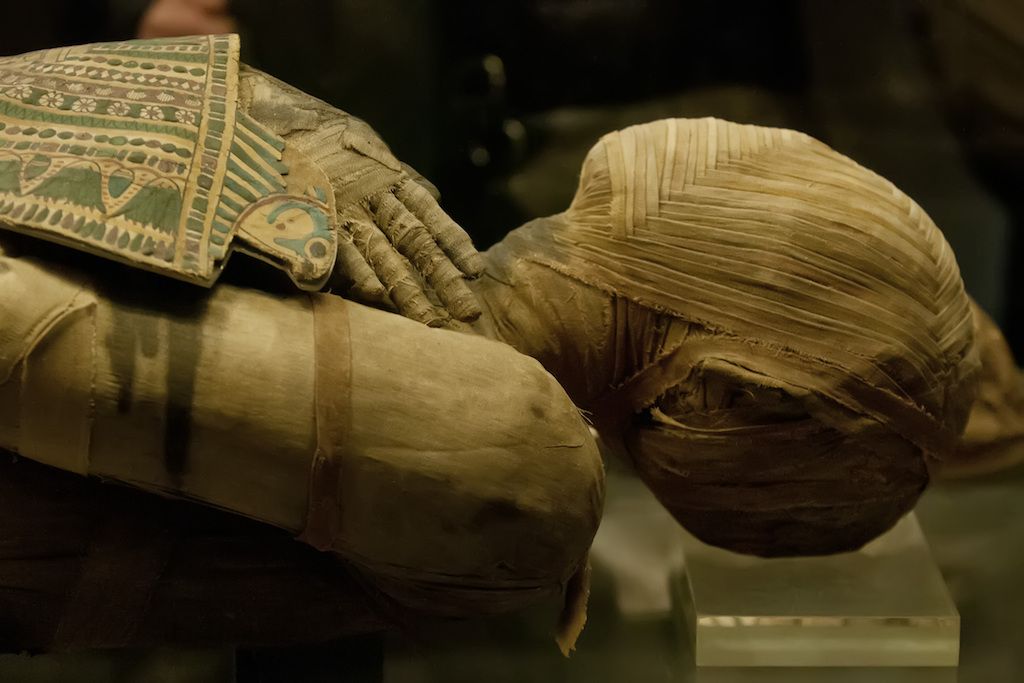Archaeologists Uncover Ancient Carved Stone in Scotland
Archaeologists from the University of Glasgow, led by Professor Stephen Driscoll and Clyde Archaeology, have unearthed a fragment of an ancient carved stone during an excavation at Govan Old Churchyard in Scotland. This discovery reveals an intricate carving on the stone, indicating its origins in the early medieval period.
Govan Old Churchyard, located at the site of the former Kingdom of Strathclyde, is renowned for housing a remarkable collection of Viking-age sculptures from that era.
Professor Stephen Driscoll, a leading archaeologist from the University of Glasgow who spearheaded the discovery, described it as perhaps the most significant find in his 30 years of work at Govan Old. He noted that the newly discovered stone is particularly fascinating as it adds a new cultural dimension to the collection.
Carvings Reflect Early Medieval Art
Believed to have been carved in the early 9th century, experts speculate that the stone reflects the artistic styles of the Picts and the Isle of Man. According to the official University of Glasgow website, the ancient stone depicts a warrior figure—a man carrying a round shield on his back and a staff over his shoulder.
Archaeologists suggest that the warrior may have also carried a sword or spear, typical of a fighter. Despite significant weathering and damage to the warrior’s face, which occurred over a thousand years ago, remarkable details such as a flowing horse’s tail and a pointed beard are still visible.
This discovery now becomes part of the valuable Govan Old collection, which includes over 30 sculptures produced during the Viking-age Kingdom of Strathclyde, an ancient English-speaking Welsh kingdom that dominated the Clyde Valley from the 5th to the 11th century CE.
Community Engagement and Unique Carving Style
The discovery has garnered attention during the Glasgow Doors Open Days Festival, involving over 500 visitors and numerous volunteers from the Govan community, archaeology students from the University of Glasgow, and the Clyde Archaeology team.
What sets the Govan Warrior apart is its unique carving style. The Govan Warrior’s carvings are lighter and share similarities with famous Pictish stones like the Rhynie Man from Aberdeenshire. This contrasts with other Govan stones renowned for their thick and distinctive Govan School carving style.
Professor Stephen Driscoll commented on this unique style, stating that it prompts thoughts about the Pictish world and the Isle of Man. Govan’s location makes it an ideal place to bridge the artistic traditions of these two regions.
The discovery of the Govan Warrior not only reveals a rich history but also confirms Govan Old’s role as an essential center for the historical connections between Scotland and Ireland.
In conclusion, the Govan Warrior stone adds a new layer to Scotland’s archaeological heritage and reinforces Govan Old’s significance in the broader historical context of the region.





